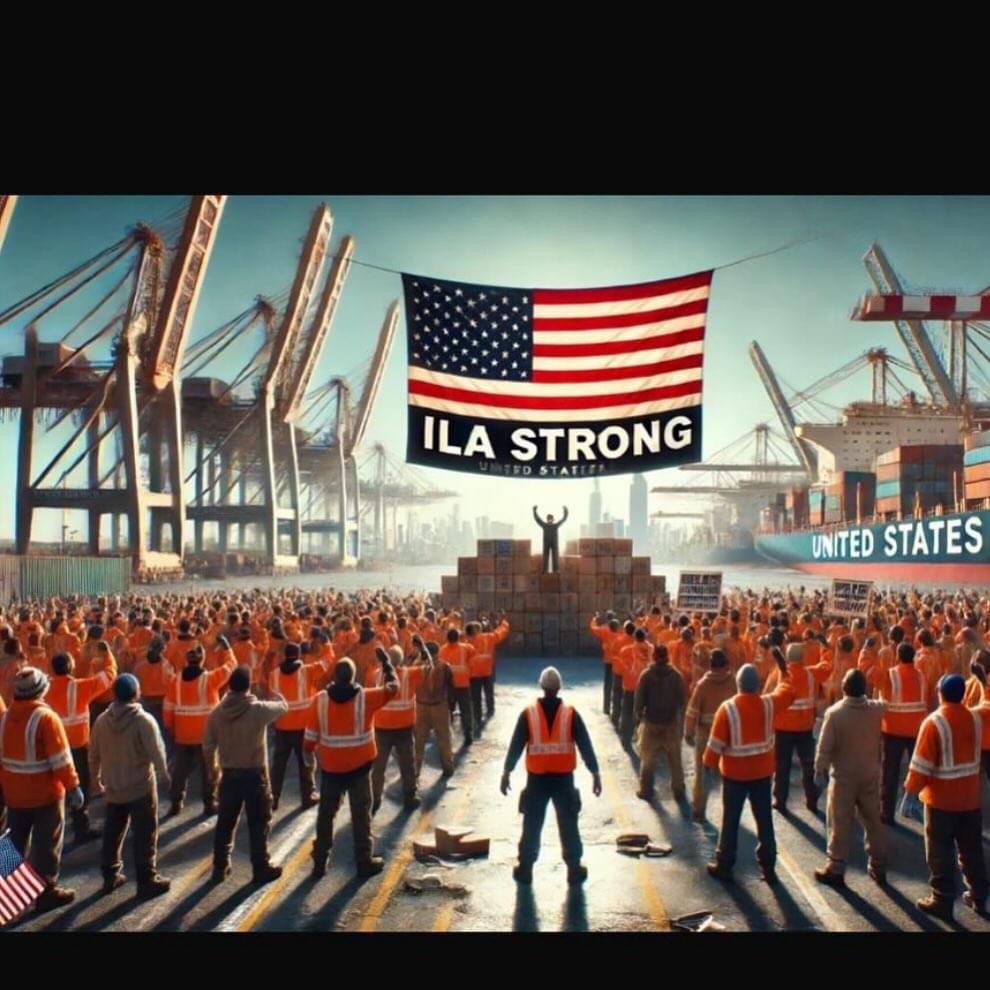Looming Longshoreman Strike: Implications and Developments
As the International Longshoremen’s Association (ILA) prepares for a potential strike, the ramifications could be felt across the U.S. economy. With 45,000 dockworkers threatening to walk off the job starting October 1, the strike could disrupt operations at 36 ports from Maine to Texas, which handle approximately half of the nation's cargo. This situation has garnered significant media attention, with various outlets reporting on the potential impacts and ongoing negotiations.
Current Situation
Strike Announcement
On September 26, 2024, reports emerged that longshore workers at ports from Maine to Texas were set to strike, marking what could be one of the most disruptive labor actions in decades. The New York Times highlighted that a strike would effectively halt nearly all activities at these ports, leading to widespread economic consequences. The Associated Press noted that the strike could lead to shortages of essential goods, including food and consumer products, as supply chains would be severely impacted.
Economic Implications
The looming strike has raised alarms among U.S. retailers and consumers alike. According to ABC News, if the strike proceeds, it could lead to significant shortages of products such as bananas, booze, chocolate, and cherries. The WISN 12 News reported that while the immediate effects may not be felt right away, the longer the strike lasts, the more severe the consequences will be for consumers and businesses.
Experts are weighing in on the potential economic fallout. A report from Houston Landing emphasized that the impact on the local economy would largely depend on the duration of the strike. If prolonged, it could lead to price hikes and empty shelves across various sectors, including medicine and holiday gifts.
Union Negotiations
The ILA has been in negotiations regarding contract terms, with automation and job security being significant points of contention. The NPR reported that the union has expressed frustration over the lack of progress in talks, which has led to the current strike threat. The ILA has made it clear that they are prepared to take action if their demands are not met.

Regulatory Response
In light of the impending strike, port operators have urged regulators to intervene. The New York Times reported that there are calls for regulators to compel dockworkers to continue operations, highlighting the urgency of the situation. However, such measures could lead to further tensions between the union and port authorities.
Broader Context
Historical Significance
This potential strike is particularly notable as it would be the first major labor action of its kind since 1977. The CBS News coverage pointed out that the labor dispute comes at a time when the Federal Reserve is closely monitoring the labor market for signs of weakening, adding another layer of complexity to the situation.
Public Sentiment
Public sentiment regarding the strike is mixed. While many sympathize with the workers' demands for better pay and job security, there is also concern about the broader economic implications. The NBC News reported that consumers are anxious about the potential for increased prices and product shortages, particularly as the holiday season approaches.

As the October 1 deadline approaches, the situation remains fluid. The potential strike by longshoremen could have far-reaching effects on the U.S. economy, impacting everything from consumer goods to shipping logistics. With ongoing negotiations and regulatory discussions, the coming days will be critical in determining whether the strike will proceed and what the implications will be for workers, businesses, and consumers alike.
For those interested in following the developments, more information can be found through various news outlets, including CNN, ABC News, and NPR. The situation is evolving, and stakeholders are urged to stay informed as the deadline approaches.





